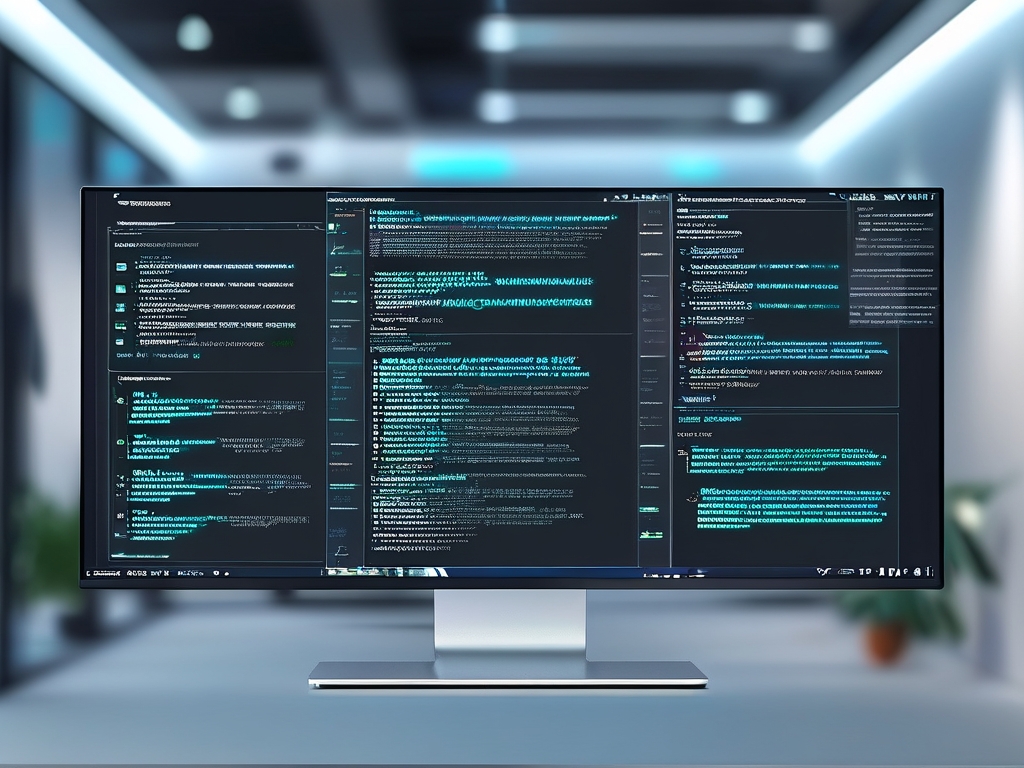As enterprises accelerate their cloud adoption journey, Huawei Cloud Container Engine (CCE) has emerged as a pivotal platform for managing containerized applications. This article explores practical approaches to implementing automated deployment pipelines within Huawei CCE environments, addressing common challenges while optimizing operational efficiency.

The foundation of automated deployment in CCE lies in its native integration with Kubernetes orchestration. By leveraging declarative YAML configurations, teams can define application requirements and dependencies programmatically. For instance, a basic deployment manifest might include resource limits, replica counts, and health check parameters:
apiVersion: apps/v1
kind: Deployment
metadata:
name: web-app
spec:
replicas: 3
template:
spec:
containers:
- name: nginx
image: nginx:1.21
resources:
limits:
memory: "512Mi"
cpu: "500m"
Such code-driven configurations enable version-controlled infrastructure management, a critical aspect of modern DevOps practices. Huawei CCE enhances this capability through its built-in Helm chart support, allowing teams to package complex applications into reusable templates.
One distinctive advantage of Huawei's ecosystem is the seamless integration with Cloud Pipeline Service (CPS). This toolchain facilitates end-to-end automation by connecting code repositories (like GitHub or CodeHub) to CCE clusters. A typical workflow might involve automatic image rebuilding upon code commits, followed by canary deployments to staging environments.
Security remains paramount in automated processes. Huawei CCE addresses this through namespace isolation and role-based access control (RBAC). Administrators can define granular permissions using Kubernetes-style policies, ensuring that deployment automation adheres to organizational security protocols. For example, a QA engineer might have deployment rights to test environments but not production clusters.
Monitoring forms the feedback loop in automated deployment systems. Huawei's Application Operations Management (AOM) service provides real-time insights into deployment status and application health. Teams can configure alerts for failed deployments or performance degradation, enabling swift rollbacks when necessary. This observability layer is particularly valuable when implementing blue-green deployment strategies across CCE clusters.
A common pitfall in automation initiatives is overlooking environment parity. Huawei CCE mitigates this through environment templates that maintain consistency across development, testing, and production clusters. By using identical Kubernetes versions and network policies, teams reduce the "it works on my machine" syndrome that plagues many deployment processes.
For enterprises managing hybrid cloud infrastructures, Huawei CCE's multi-cluster federation capability proves invaluable. Automated deployment workflows can be designed to distribute workloads across on-premises and public cloud clusters based on predefined policies. This approach not only optimizes resource utilization but also enhances disaster recovery preparedness.
The human factor in automation deserves attention. Successful CCE deployment strategies often involve creating self-service portals for developers. These interfaces abstract Kubernetes complexities while maintaining governance controls. A frontend team, for instance, could deploy microservices through a simplified web form while adhering to backend resource allocation rules.
Looking ahead, the integration of AIOps with Huawei CCE presents exciting possibilities. Predictive analytics could forecast deployment success rates based on historical data, while intelligent rollback mechanisms might automatically revert problematic releases before they impact users. These advancements will further cement automated deployment as a cornerstone of cloud-native operations.
In practice, a financial services company reduced deployment errors by 68% after implementing Huawei CCE automation. By combining Jenkins pipelines with CCE's API endpoints, they achieved zero-downtime updates for critical transaction systems. Such real-world successes underscore the transformative potential of well-executed automation strategies in enterprise cloud environments.
As organizations continue to embrace cloud-native architectures, mastering automated deployment in Huawei CCE becomes not just an efficiency play, but a business imperative. The platform's robust tooling and flexible architecture provide a solid foundation for building resilient, scalable deployment pipelines that keep pace with modern application delivery demands.









